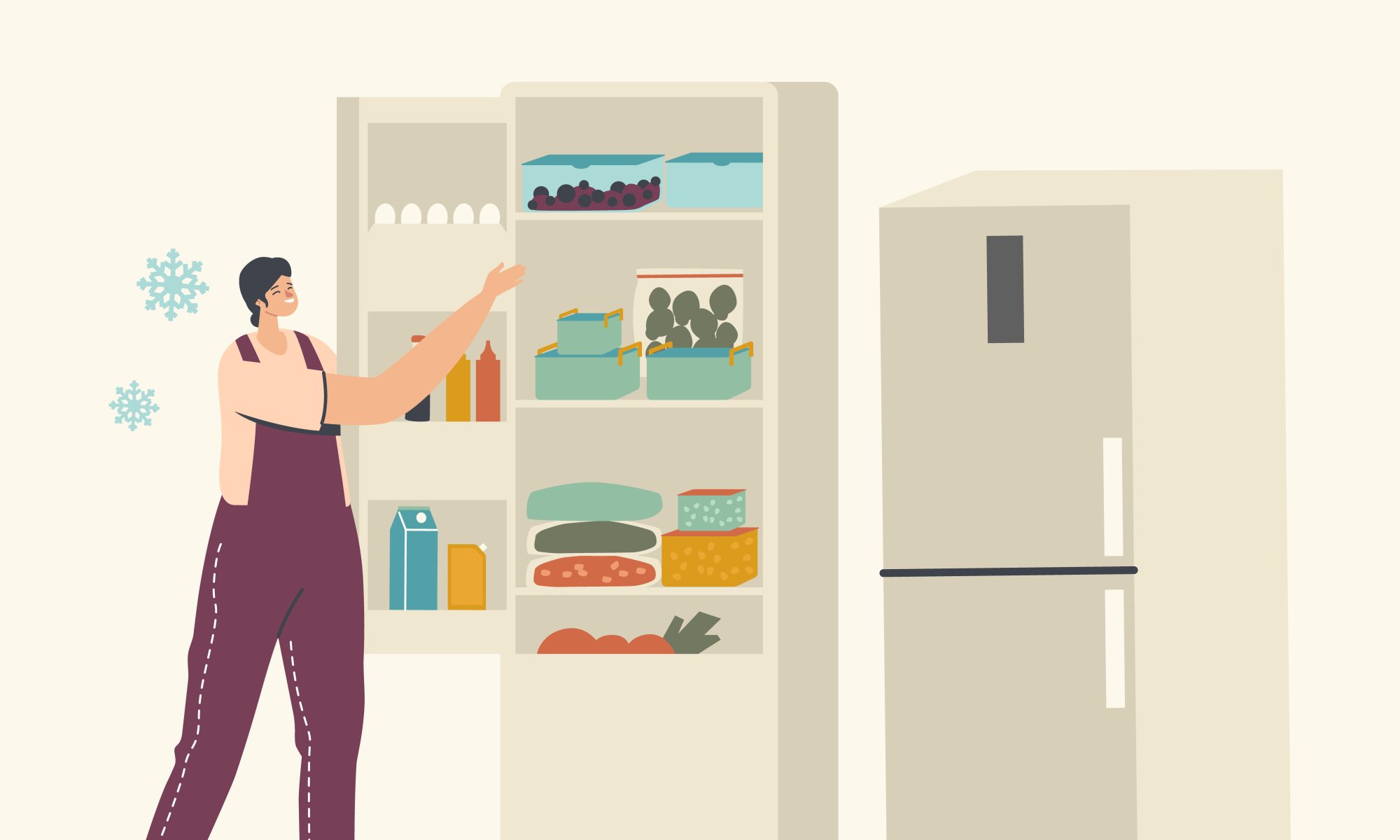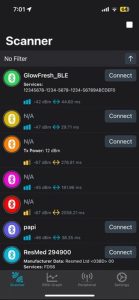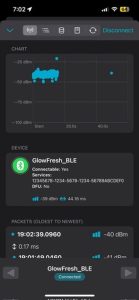The most significant risk for our project right now is the user-flow for the NFC tags and the technical integration logistics. To allow NFC scanning in the app interface, we are allowing users to scan the NFC tags using the built-in scanner inside their phone. However, we need to be able to integrate this feature with our software backend. This integration will be different from the NFC scanner integration on the hardware pad. The challenge in this feature of our project is having two methods of NFC scanning and integrating both methods into the software.
No changes were made to the existing design of the system but we fully decided on bluetooth for the pairing between the device and physical pad. The implementation for this feature has been started.
No changes to the schedule have occurred.
Currently, we have the basic circuit prototype built with the pressure sensors and light detecting sensor working with the ESP32 microcontroller. In addition, we have XCode and the emulator working to test our software and have started on the React Native frontend. Firebase has been connected with React Native to start with interactions with the database. Finally, the integration has also been started, with bluetooth pairing between the device and physical pad implemented and tested.
Part A written by Sarah Yang
Our product meets global factors by addressing the universal challenge of food waste through a smart tracking system that transcends cultural barriers. This silicone pad provides a solution in varying regions, from wealthy urban center to more rural areas where food waste presents environmental concerns and economic loss.
GlowFresh offers a technology solution that can be adapted across price points and in varying environments, from fridges to workshops and even labs. The pad also has minimal language dependency as the visual LED notification system overcomes any literacy and language barriers. This makes it accessible for users regardless of their educational background or native language.
Part B written by Jessica Chan
GlowFresh addresses the global issue of food waste by helping individuals and businesses track food freshness more effectively. Food is deeply tied to culture, tradition, and community, yet managing perishable goods efficiently remains a challenge. Our smart silicone mat, with pressure sensors and LED indicators, enables users to make informed consumption decisions.
Cultural factors shape our design, as food waste habits vary across communities. In regions where food scarcity is a concern, minimizing waste aligns with financial and ethical values. GlowFresh promotes sustainability while ensuring accessibility through an intuitive app. By merging technology with cultural values, our solution encourages responsible food consumption worldwide.
Part C written by Gina Seo
GlowFresh helps reduce food waste by offering an intuitive, color-coded visual map of food expiration in real time, minimizing spoilage and encouraging better food management. This automated tracking eliminates the need for manual logging or reliance on expiration dates, preventing edible food from being discarded and reducing landfill waste. The use of eco-friendly materials, like food-safe silicone mats, aligns with sustainable practices and further supports environmental responsibility. Silicone, known for its durability, reusability, and non-toxic properties, contributes to a longer lifespan for the product and reduces the environmental impact of frequent replacements.
In addition to these features, GlowFresh’s cloud-based syncing with the app allows for seamless inventory management and expiration notifications, helping users avoid over-purchasing. By reducing food waste, which is a significant source of methane emissions from landfills, GlowFresh supports more sustainable consumption patterns. The combination of durable materials and smart technology offers a comprehensive, eco-friendly solution to food management, ultimately contributing to both resource conservation and waste reduction.



